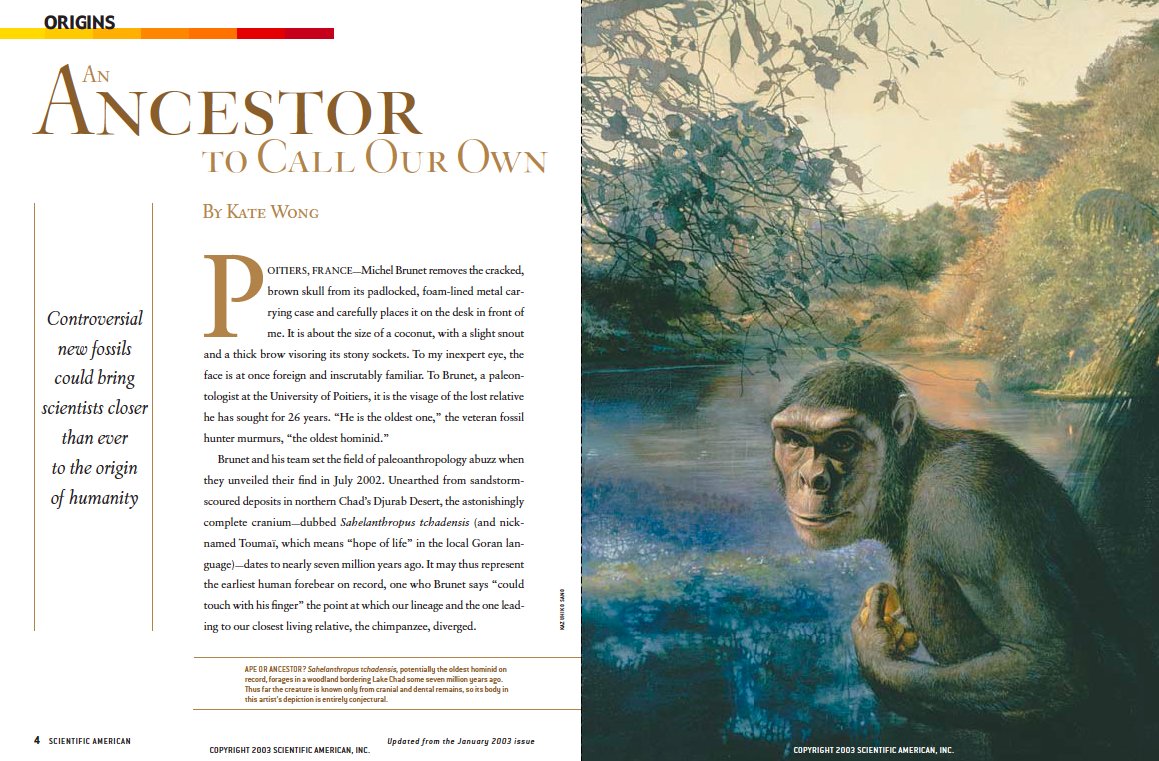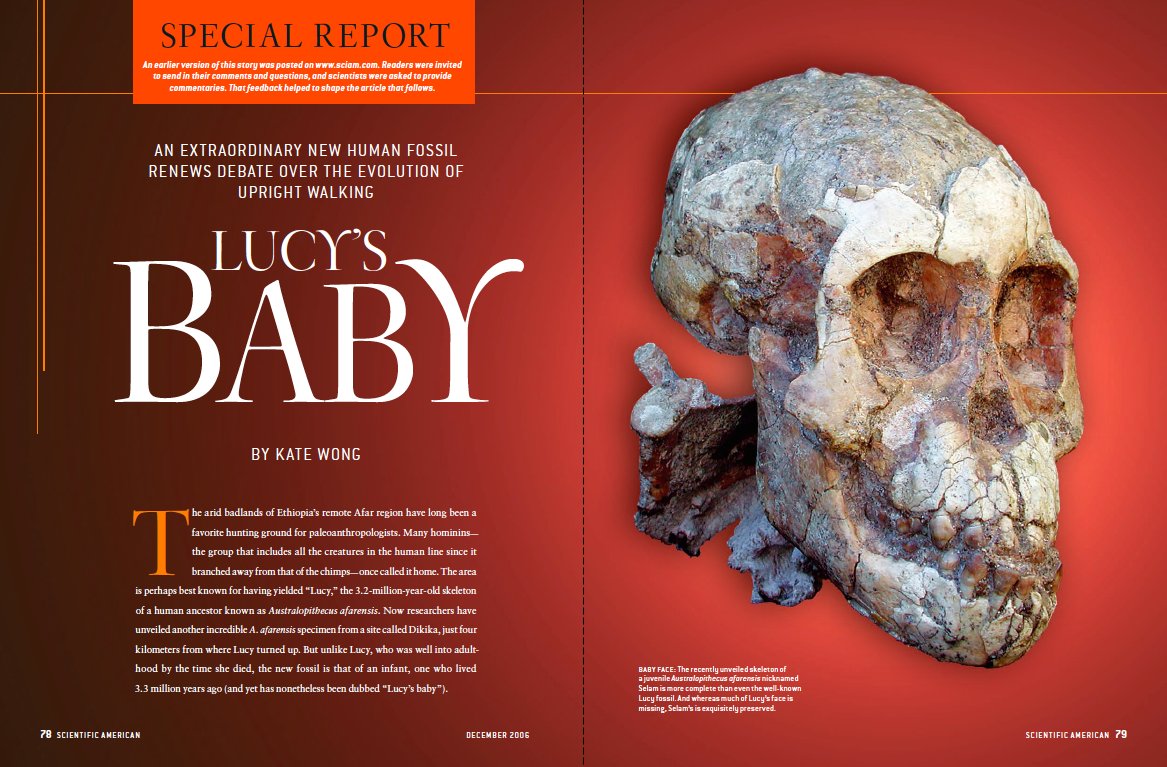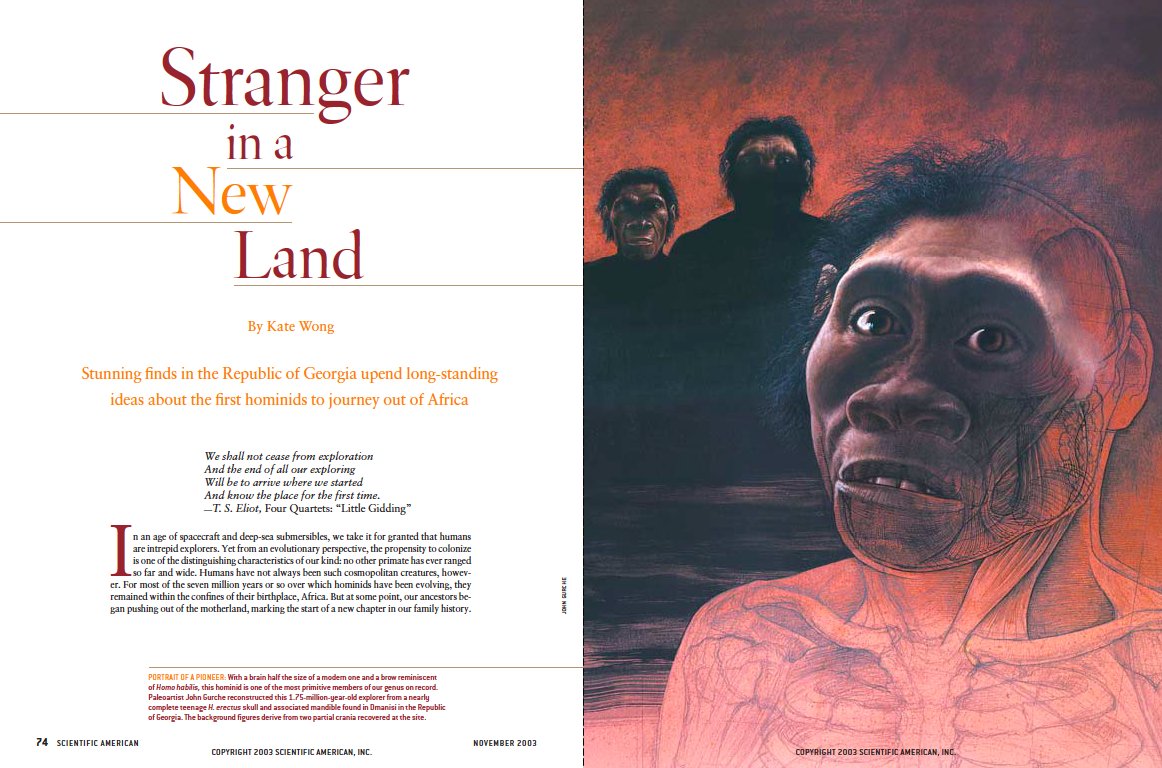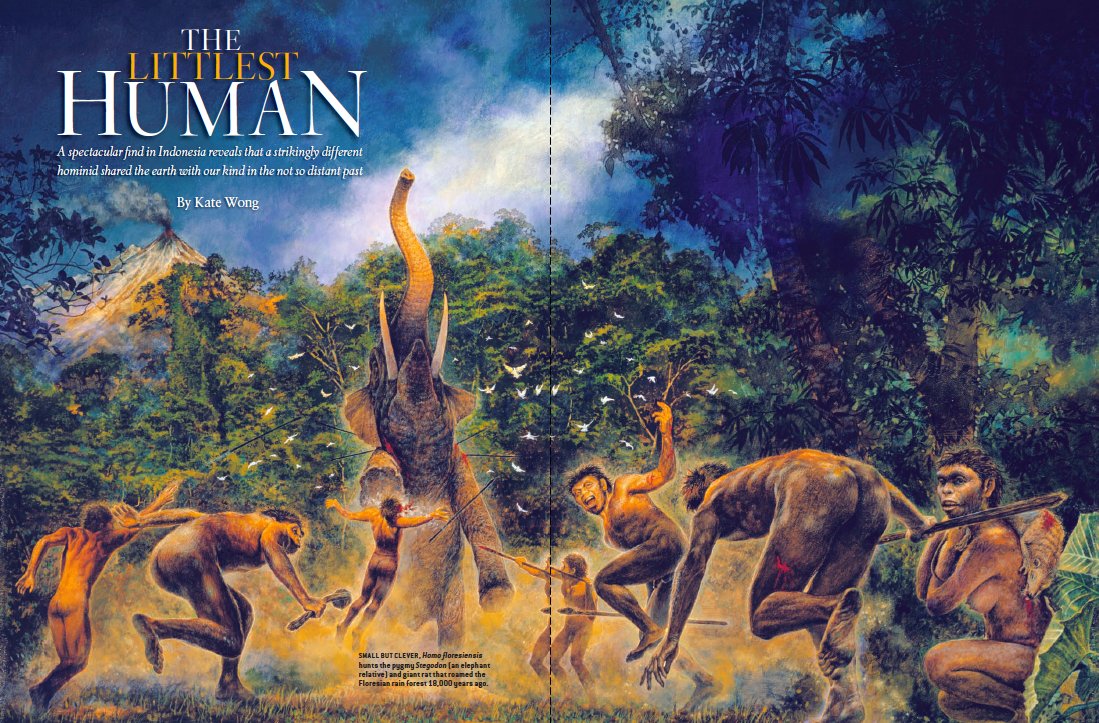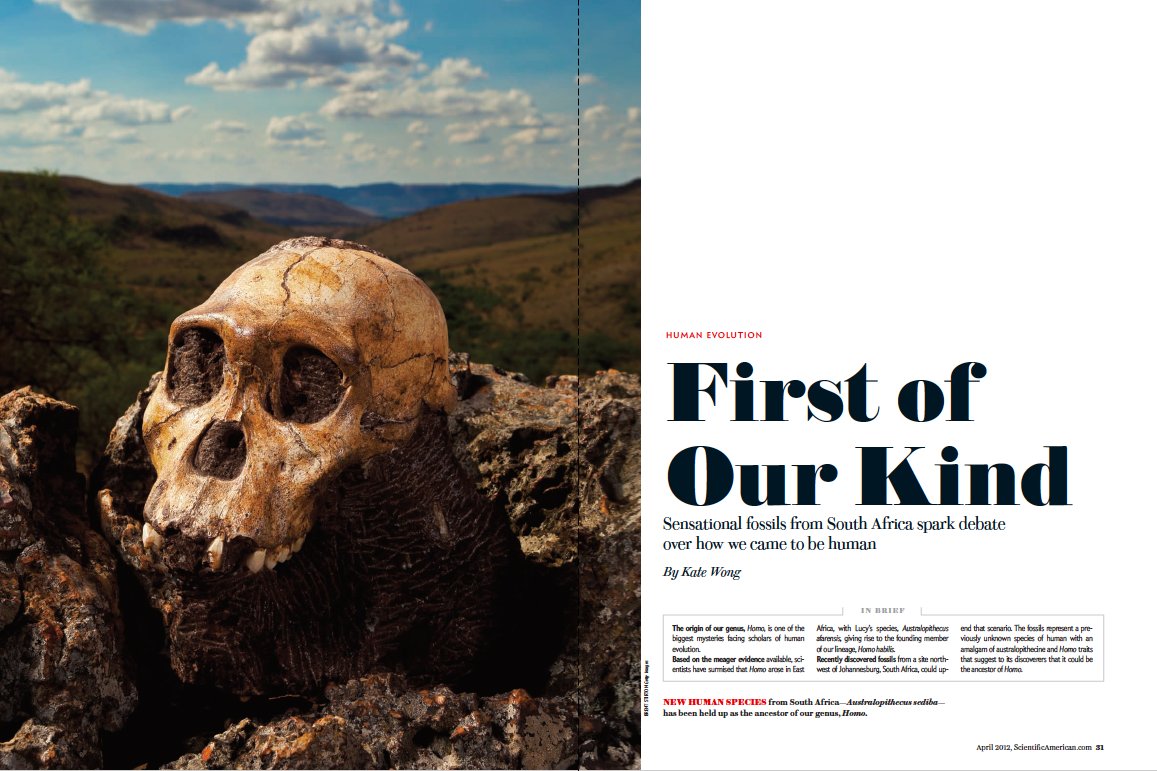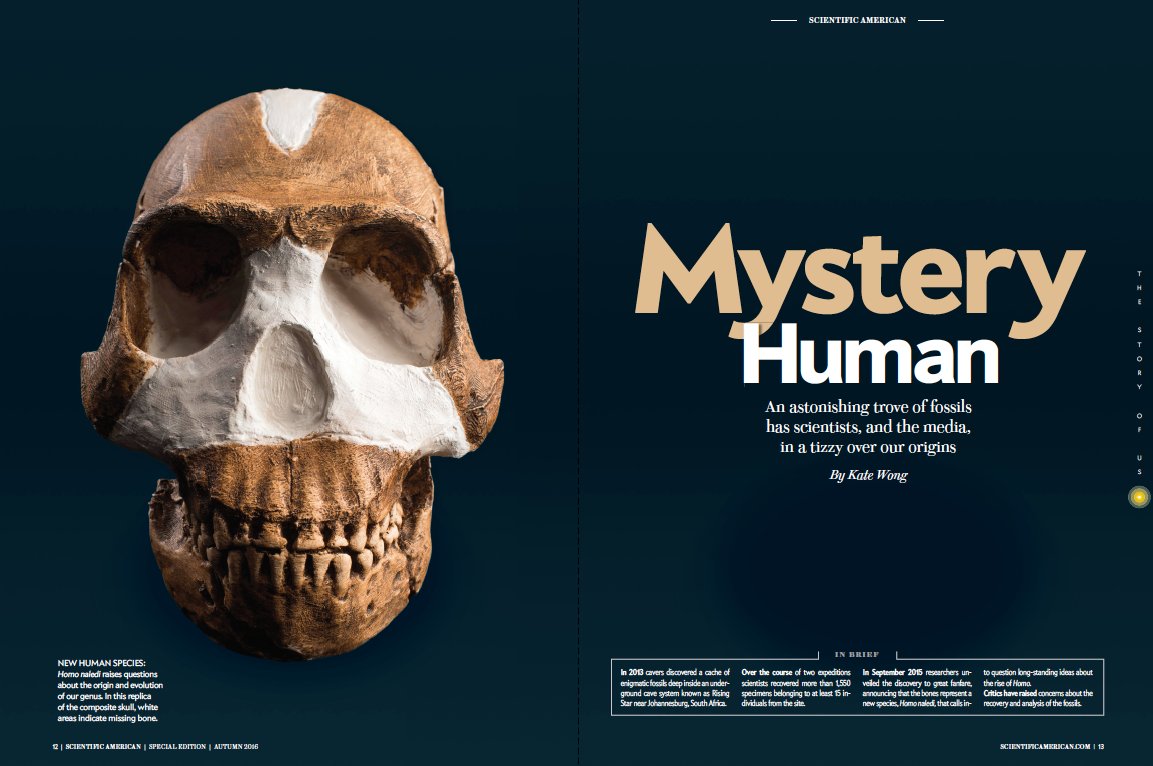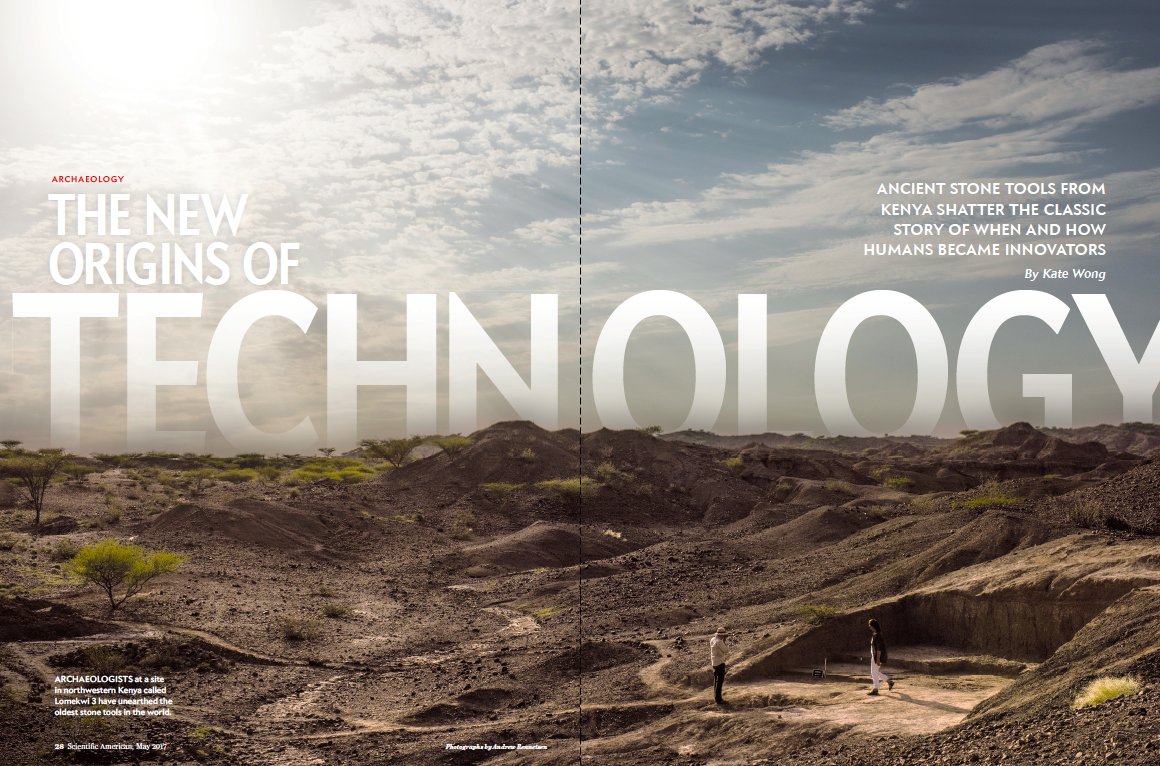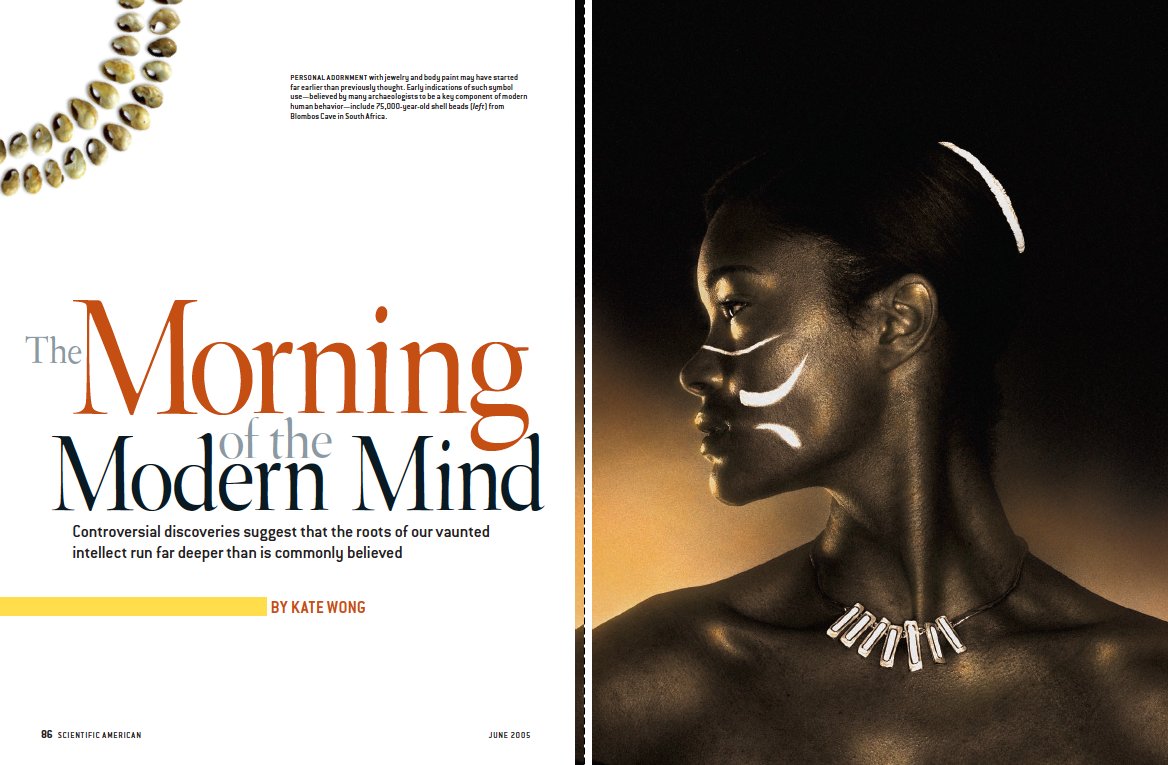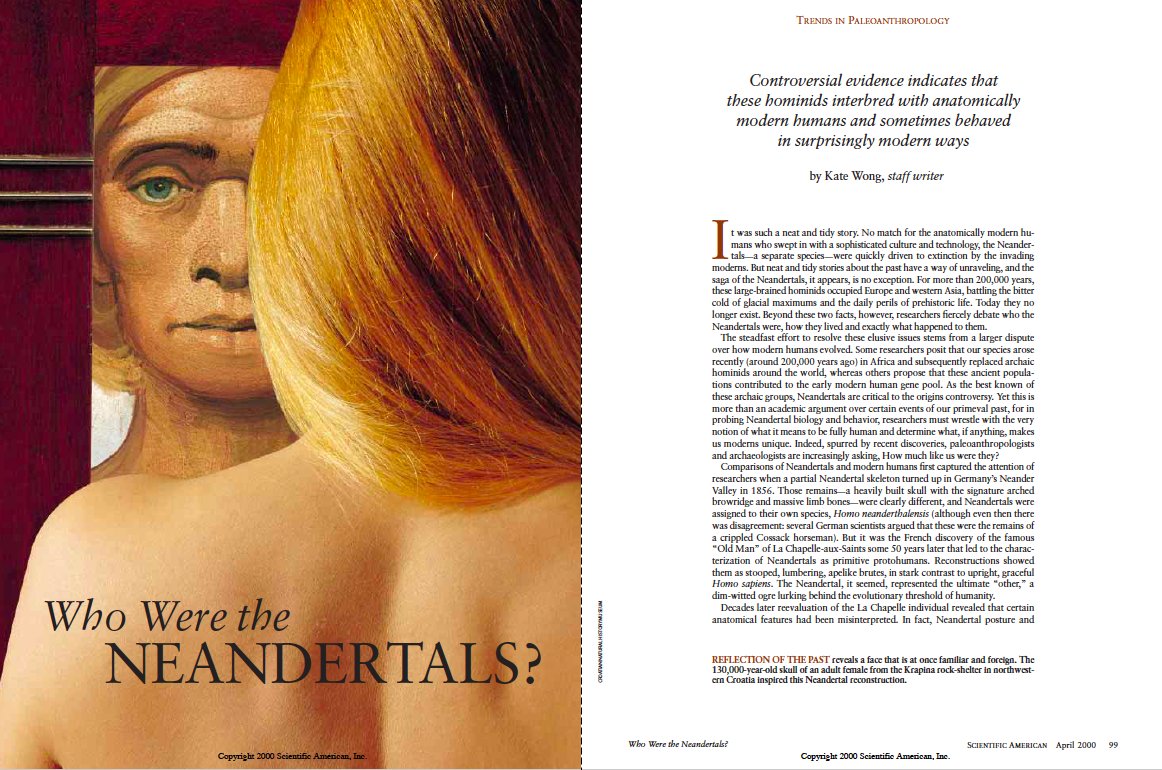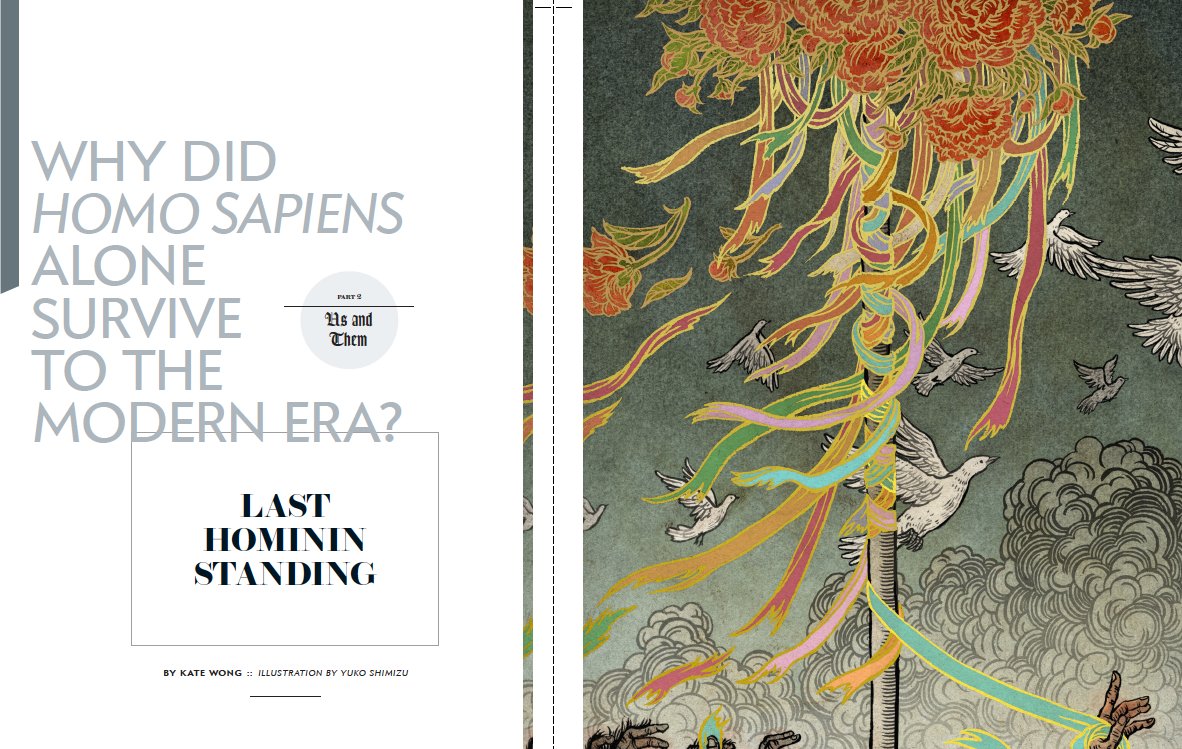[THREAD] For @sciam’s 175th birthday, I looked at what scientists have learned about human origins since the magazine debuted in 1845. Pretty much everything we know about the evolution of our branch of the tree of life has come to light in that time https://www.scientificamerican.com/article/how-scientists-discovered-the-staggering-complexity-of-human-evolution/">https://www.scientificamerican.com/article/h...
I’ve been writing about human evolution for @sciam since 1997. I& #39;m biased but I think the past couple decades have been especially exciting for this field, not only because of amazing fossil and archaeological finds but also breakthroughs in ancient DNA research. Some highlights:
When I first started covering paleoanthropology the oldest known fossil hominins (members of the human family) belonged to 4 million-year-old Australopithecus anamensis & 4.4 myo Ardipithecus ramidus. Now the record goes back as far as 7 million years ago https://www.scientificamerican.com/article/an-ancestor-to-call-our-own/">https://www.scientificamerican.com/article/a...
New fossil finds have also illuminated previously unknown aspects of well-studied hominins such as Australopithecus afarensis—Lucy& #39;s species. This baby afarensis renewed debate over the evolution of a hallmark trait of humans: upright walking https://www.scientificamerican.com/article/lucys-baby/">https://www.scientificamerican.com/article/l...
For the first few million years of hominin evolution, our ancestors were restricted to Africa. But eventually they began spreading out. Who were the first pioneers? Remains from the republic of Georgia forced researchers to rethink long-standing ideas https://www.scientificamerican.com/article/stranger-in-a-new-land-2006-06/">https://www.scientificamerican.com/article/s...
Hominin fossils that appear to be lineal ancestors of H. sapiens are highly sought after. But one of the most thrilling discoveries has been a side branch of humanity, Homo floresiensis, which had a host of primitive traits yet lived in modern human times https://www.scientificamerican.com/article/the-littlest-human/">https://www.scientificamerican.com/article/t...
Indeed a key theme that has emerged over the past 20 years is that the human family tree is more like a bush, with lots of branches rather than just a few. In 2011 I went to South Africa to meet a spectacular addition to this bush: Australopithecus sediba https://www.scientificamerican.com/article/first-of-our-kind/">https://www.scientificamerican.com/article/f...
I returned to South Africa again in 2015 when another new species emerged from the Cradle of Humankind, Homo naledi. A mother lode of fossils found in a virtually inaccessible cave chamber deep underground—how the remains got there is a mystery https://www.scientificamerican.com/article/controversy-and-excitement-swirl-around-new-human-species1/">https://www.scientificamerican.com/article/c...
The latest addition to the shrub? A second tiny, surprisingly primitive human species that, like H. floresiensis, lived relatively recently: Homo luzonensis, announced in 2019 https://www.scientificamerican.com/article/philippine-fossils-add-surprising-new-species-to-human-family-tree/">https://www.scientificamerican.com/article/p...
Another theme: key hominin behaviors originated earlier than previously thought. In 2016 I joined an expedition to remotest Kenya to unearth the oldest known stone tools in the world, upending conventional wisdom about when and how humans became innovators https://www.scientificamerican.com/article/ancient-stone-tools-force-rethinking-of-human-origins/">https://www.scientificamerican.com/article/a...
Many of the elements of what was once thought to constitute modern human behavior also turn out to have deeper roots. https://www.scientificamerican.com/article/the-morning-of-the-modern-mind/">https://www.scientificamerican.com/article/t...
Not only did H. sapiens start thinking like us earlier, but other species engaged in sophisticated behaviors, too. Enter: Neandertals. When I first started writing about them there was intense debate over their cognitive abilities https://www.scientificamerican.com/article/who-were-the-neandertals-2003-05/">https://www.scientificamerican.com/article/w...
Now we know from archaeological finds that they were much cleverer than many experts once thought them to be https://www.scientificamerican.com/article/ancient-cave-paintings-clinch-the-case-for-neandertal-symbolism1/">https://www.scientificamerican.com/article/a...
What is more, ancient DNA studies have shown that Neandertals mixed with early H. sapiens and that their DNA persists in people today. The ability to recover and analyze DNA from extinct hominins has revolutionized our understanding of human evolution https://www.scientificamerican.com/article/our-inner-neandertal-2012-12-07/">https://www.scientificamerican.com/article/o...
People today carry DNA from Denisovans, too, as well as other archaic hominin species known only from the distinctive DNA they passed on to us. Interbreeding with these other kinds of humans may have ultimately contributed to the success of H. sapiens https://www.scientificamerican.com/article/why-is-homo-sapiens-the-sole-surviving-member-of-the-human-family/
END">https://www.scientificamerican.com/article/w...
END">https://www.scientificamerican.com/article/w...

 Read on Twitter
Read on Twitter![[THREAD] For @sciam’s 175th birthday, I looked at what scientists have learned about human origins since the magazine debuted in 1845. Pretty much everything we know about the evolution of our branch of the tree of life has come to light in that time https://www.scientificamerican.com/article/h... [THREAD] For @sciam’s 175th birthday, I looked at what scientists have learned about human origins since the magazine debuted in 1845. Pretty much everything we know about the evolution of our branch of the tree of life has come to light in that time https://www.scientificamerican.com/article/h...](https://pbs.twimg.com/media/Ehkb2vFWsAA1UPk.jpg)
